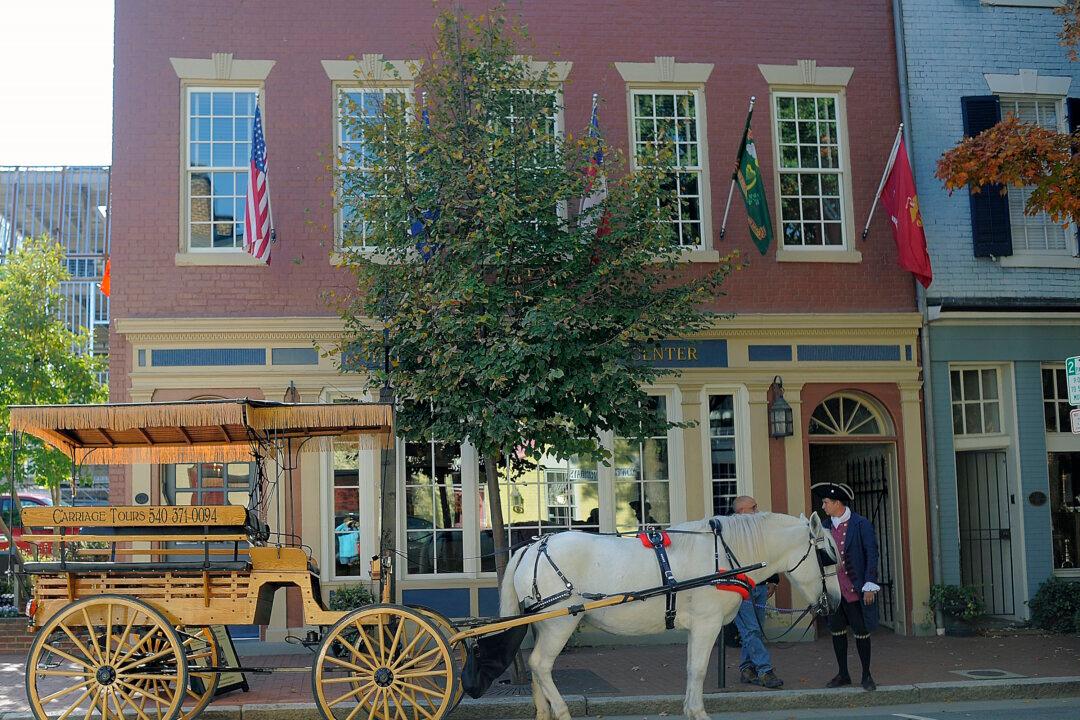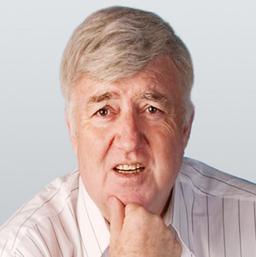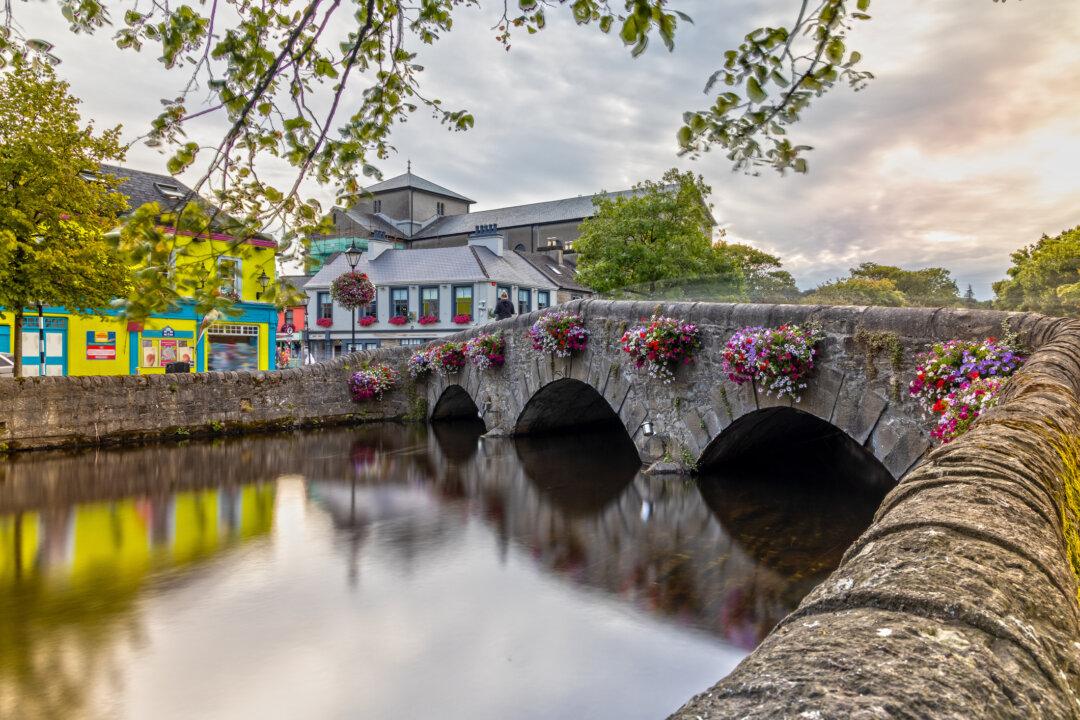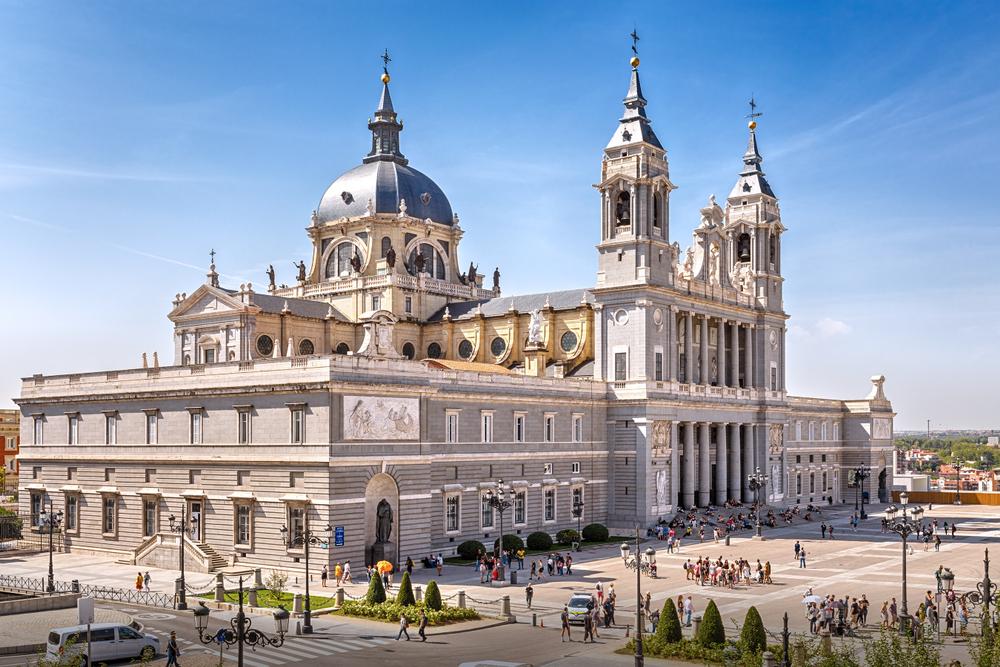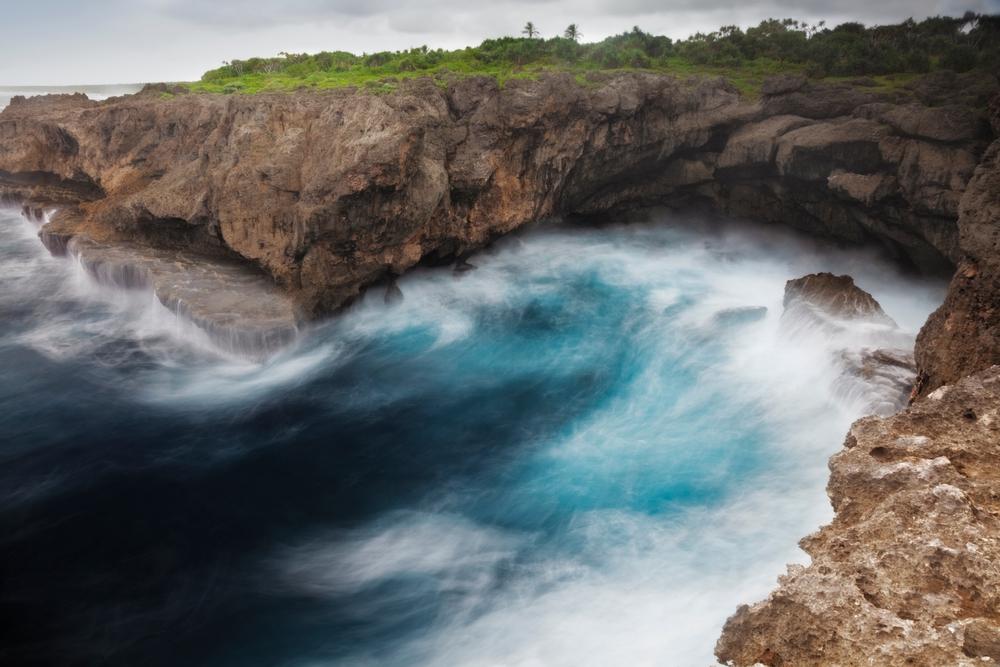Few self-proclaimed “historic” towns around the country actually offer up much or even any truly significant history. Mostly, they’re about obscure local history, not very much that qualifies as American history.
Most commemorate events or persons that you would never come across on any real history test.

